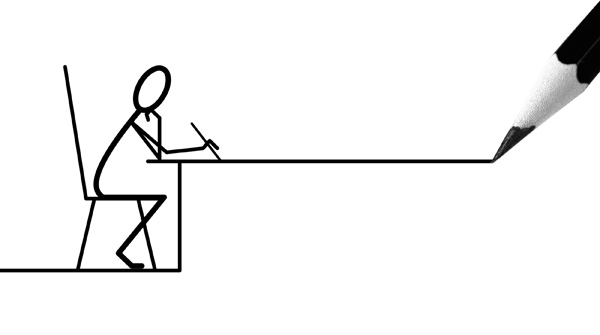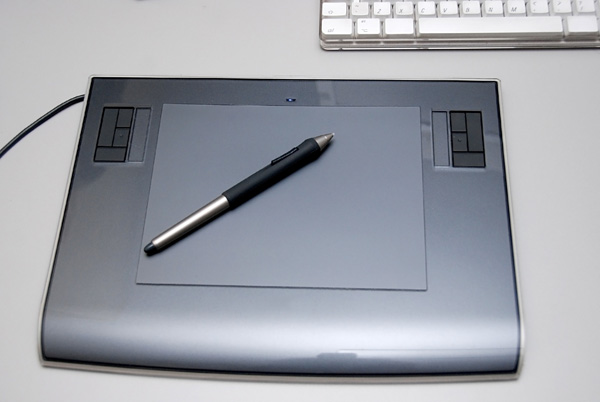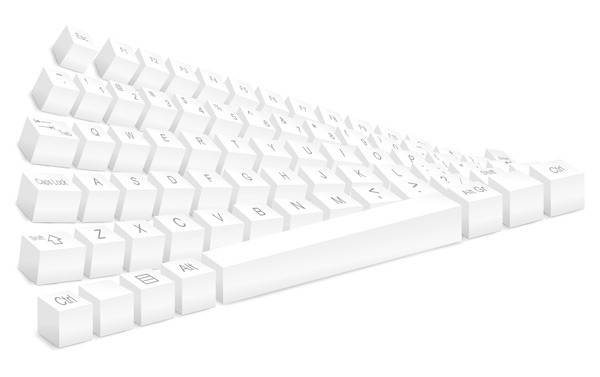How To Be Objective In Design
July 16th, 2012
The process between art and design differs, in the former expressing an idea artistically and the latter finding a solution for a user or task. Graphic designers require objectivity in their visual creations, which often entails overlooking personal emotional judgement and focusing on influencing consumer perception instead. Paradoxically, humans are inherently affected by feelings and cannot completely disengage from their sensibilities or opinions when discerning the aesthetics of their final product. Therein lies the quandary of: how to be objective in design, when art and design is a subjective experience by nature?

Nature and evolution have been designed as means of survival and improvement. Therefore it is indifferent to the viewpoints of being attractive to us, or vice versa. For example, an insect’s appearance is subject to its environment and continuing existence. To overcome our personal tastes as designers, we should endeavour to define the core concept and nurture it with the marriage of logic, creativity and the application of social psychology.

Aside from our preconceptions and experiential conditioning that influence our personal propensity, it is important to remain impartial during the design process. This can be challenging due to our innate comfort with familiarity, which also needs to be considered when designing a website, as this impacts its usability. In approaching online construction, recognition and the ability to learn amongst consumers is important to bypassing artistic preferences, if it does not comply with clients briefs and their target audience. Additionally, the end user is likely to identify more whilst browsing, if designs have a hierarchical and organised order that communicates effectively. Simplicity is central to developing a user friendly interface that also boosts its popularity. Therefore web designs are structured based on the rationality of them working, as well as mere beautification.

This approach builds a trusting relationship with the client’s expectations, enhancing the product’s credibility and quality. Creative thinking combined with design skills, is important for graphic designers to be innovative. However, when designing on behalf of others, objectivity involves prioritising their conception above your own. Having the understanding to ask yourself “am I delivering what the client wants or what I think is best?” Despite also addressing the input of your customer as opposed to an artist creating for themselves, one must consider what design is going to be more lucrative for the clientele’s financial gain, rather than just to receive critical acclaim.

However, based on the premise that everyone has the potential to be creative, means everyone also has an opinion. Therefore, whoever is financing the design project, has a right to its evaluation. It is a graphic designer’s job to interpret the commissioner’s specification and offer aesthetic and effective solutions. Subsequently, the design cannot be implemented without accommodating the limitations of the developers web technology.

Therefore the merit in being objective in design, reminds designers to recognise function above form. Additionally, it is the designer’s responsibility to offer creative suggestions but overlook them if the payee has other inclinations. When a professional designer employs objectivity, they are able to deliver good business value and user experiences. As such, a website should be user friendly and encompass aesthetic appeal, based on unbiased designs that compromise with the programmers coding framework.

Article written by